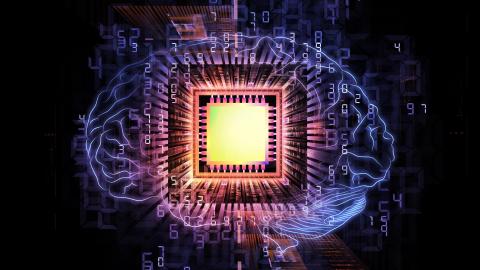Human Intelligence Stems From a Single Algorithm

What’s the Latest Development?
A number of new neuroscience projects, combined with an important theory about how the mind works from infancy, may facilitate large advances in artificial intelligence in the years ahead. One new and promising direction is called deep learning. “Basically, it involves building neural networks — networks that mimic the behavior of the human brain. Much like the brain, these multi-layered computer networks can gather information and react to it. They can build up an understanding of what objects look or sound like.” To mimic human vision, for example, software could be programmed to recognize edges around particular shapes.
What’s the Big Idea?
The most influential theories of artificial intelligence have failed to yield much in the way of practical results since the decades in which they were pioneered. While those theories suggested the mind operates using many different complex algorithms, a new theory suggests that they are all derived from a single formula. “The idea arises from experiments suggesting that the portion of your brain dedicated to processing sound from your ears could also handle sight for your eyes. This is possible only while your brain is in the earliest stages of development, but it implies that the brain is—at its core—a general-purpose machine that can be tuned to specific tasks.”
Photo credit: Shutterstock.com





